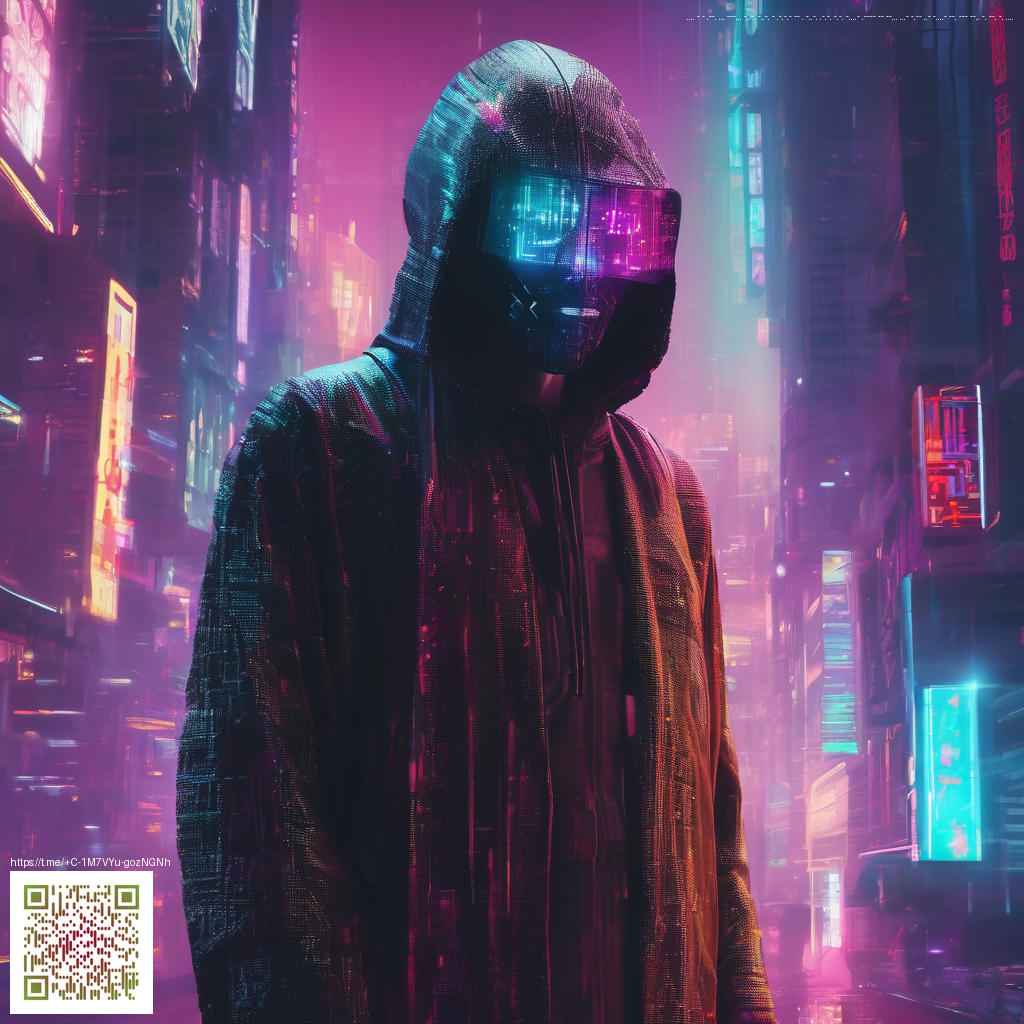
Top Cult-Horror Characters You Can't Forget
In gaming, the best horror characters stick around because they blend ritual symbolism, uncanny visuals, and a sense of forbidden knowledge. These figures aren’t just scary; they become cultural touchstones, echoing in fan theories, art, and speedrun routes. When a character taps into a shared archetype—an eerie shrine of fear—you can feel the tension in every hallway, every shadow, every silence between breaths.
Top picks that define the cult-horror vibe
- Pyramid Head (Silent Hill 2) — The helmeted executioner of the psyche, Pyramid Head embodies judgment as ritualized menace. Its presence is less about jump scares and more about a ritualized fear that lingers after you’ve put the controller down. The design’s stark geometry and ritual significance make it a permanent symbol of the series’ darker, more introspective horror.
- The Nurses (Silent Hill series) — A haunting motif that recurs across the franchise, the Nurses fuse clinical coldness with primal fear. They aren’t just enemies; they’re a visual shorthand for corrupted care, mirroring the game’s themes of memory, guilt, and the fine line between healing and harm.
- Slender Man-inspired entities (Slender: The Eight Pages and surrounding indie titles) — Born from online myth, Slender Man and his variants have become a modern horror shorthand. In games, the tall, faceless figure materializes the fear of the unknown gaze, turning empty spaces into pressure cookers of dread.
- Laurence, the First Vicar (Bloodborne) — A founder of the Healing Church, Laurence personifies cultish ambition and pseudo-religious zeal. His decisions ripple through the game’s lore, turning the quest for knowledge into a dangerous, dogmatic pursuit with chilling consequences.
- Moon Presence (Bloodborne) — A cosmic eldritch entity pulled into the hunter’s dream, Moon Presence epitomizes otherworldly authority and ritual mystique. Its design and lore invite players to question what rituals and power structures lie behind the curtain of the Great Ones.
Horror thrives when symbols invite interpretation. These characters give players something to chase beyond the screen—a question, a ritual, a fear that rescripts itself with every new playthrough.
What makes these figures endure isn’t just their scare tactics; it’s how they’re woven into the game’s worldbuilding. Pyramid Head represents guilt and punishment in a way that feels ceremonial. The Nurses echo a medical setting twisted into nightmare, suggesting that danger can lurk where care is expected. Slender’s mythic simplicity invites personal fear—what you can’t see becomes what you fear most. In Bloodborne, Laurence and Moon Presence blur the line between faith and obsession, turning lore into a living, dangerous force around every corner of Yharnam.
For readers who love diving deeper into this niche, you might be balancing long sessions with style. If you’re browsing on the go, a practical accessory can help—like a neon phone case with a card holder that’s MagSafe-compatible and stylishly matte. It’s a small touch that keeps your gear as bold as your horror passions. You can find options like this with a quick visit to the product page Neon Phone Case with Card Holder MagSafe Compatible Glossy Matte.
As for discovering more about cult-horror in games, fans often trace lineage from early scare masters to modern Lovecraftian epics. The way a game frames its antagonist—through audio cues, environmental storytelling, and recurring motifs—cultivates a lasting impression that players discuss long after the credits roll. In Silent Hill, the environmental storytelling is almost a character in itself; in Bloodborne, the lore feels like a living myth you’re stepping into with every torch-lit corridor.